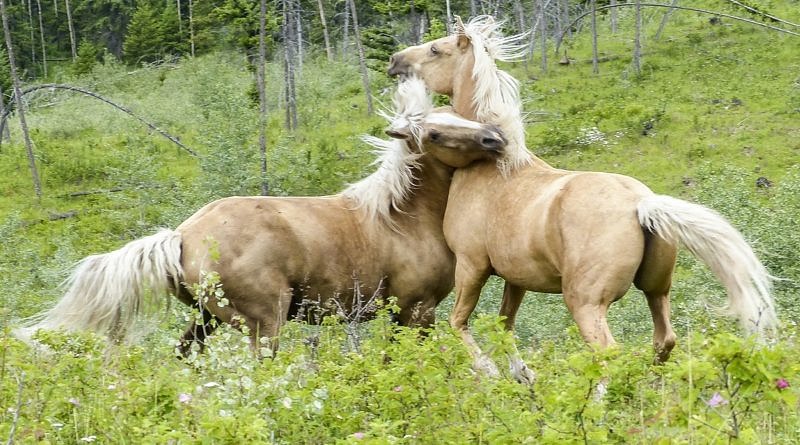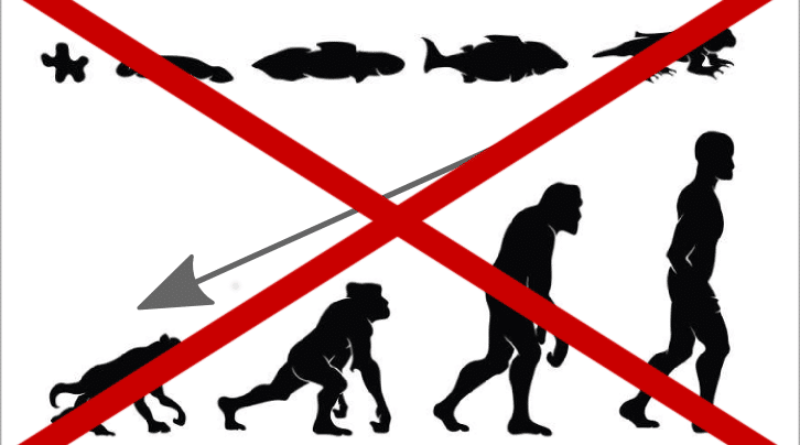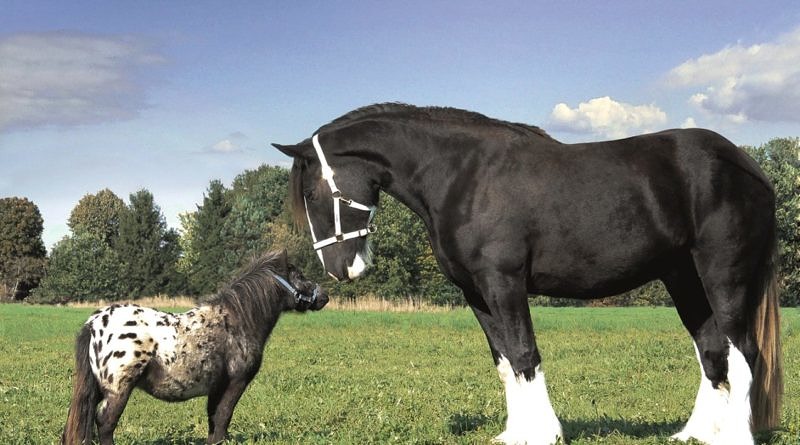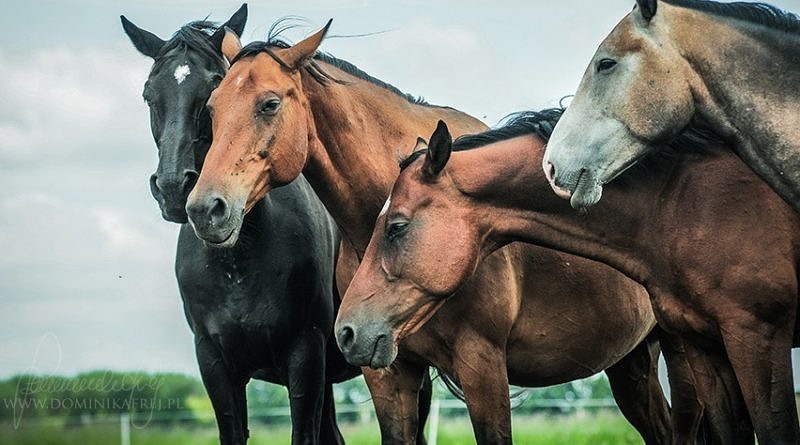Introduction to Evolution – Part 3: How understanding evolution can help your horsemanship
Once you understand evolution you can apply it to many different aspects of horsemanship. Here are some examples, from lunging and stomach ulcers, to getting your horse to go in an ‘outline’.
This is the third and final part of our introduction to evolution. For the first two parts see Introduction to Evolution – Part 1: The Basics and Introduction to Evolution – Part 2: Common Misconceptions.
Evolution is the reason horses and humans exist. Most horse behaviour and physiology has been directly shaped by selective pressures imposed by their environment, whether the day-night cycle, seasonal temperature variations, or other animals, including humans and other horses. In practice, we are still ignorant of many of the factors that shaped horses – there simply hasn’t been enough research to have good answers to all the questions we have. However, there is much that can be gained from adopting a broadly evolutionary approach to horse behaviour.
Take, for example, the fact that horses have evolved to maintain long lived social relationships. They will remember interactions with other horses over long periods of time. We also know that this ability spills over to remembering individual humans. From thinking about it like this, it becomes obvious that every encounter with a horse is part of an ongoing relationship with them. And a large part of training a horse is about managing your relationship with the horse. In other words, you are ALWAYS training, whether you think about it like that or not. This is why consistency is so important. It is no good being ‘strict’ when you want something in the school if you are a ‘pushover’ in the stable – your horse doesn’t understand that sometimes you are ‘training’ her and sometimes you are just hanging out. An easy way to make a horse frustrated is to, from her perspective, randomly shift between behaving one way and behaving another.
You are probably already aware of another result of a horse’s ability to track individual relationships: it is entirely possible for a horse to act in a completely different way towards different people, based on the ongoing relationship the horse has with them. That is why it is never enough to simply have a trainer ‘train’ your horse for you – you have to actively work on maintaining whatever progress a trainer has made. At the end of the day, it is your relationship with your horse, day in and day out, that matters.
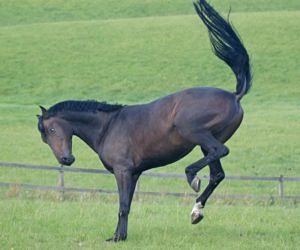
We can also think about how horses evolved to defend themselves against predation. Their first response is to run away. Their second response is to attack the predator. Knowing this, we would be well advised that if we are going to present a horse with something threatening, such as a saddle for the first time, we need to be aware that it might be safer to do so in an environment in which they can respond by running away rather than in an environment where they feel trapped (like a stable). If we trigger a horse’s flight or fight response, and stop them from running, then they only have option left, which is to attack the threat.
Every training method depends on some aspect of horses’ evolved responses, often without being aware of it. Imagine if horses had evolved to face threats instead of running away from them – would you be able to lunge them? The more pressure you put on them with a stick or rope the more they would face the danger. I wouldn’t want to try lunging a buffalo! Similarly, it would be a lot easier to teach a dog to chase a whip than to move away from it.

Now consider the elusive ‘outline’ everyone wants to achieve when riding. A lot of people struggle to get their horse to stop “impersonating a giraffe” and there are many training methods for addressing this. Understanding how evolution has influenced this behaviour can help us choose the best one. When a horse is stressed or uncomfortable, he will raise his head high and look to the distance to scan for any threats. His muscles will be tense, ready to run at the slightest indication that there’s danger. A relaxed horse, on the other hand, will lower her head to graze and take loose, swinging strides. So when trying to train a horse to lower their head and stretch, move loosely over the back and have a free and swinging stride, pressuring, restricting or forcing the horse into position is likely to be counter-productive. The more pressure we apply to push and pull the horse into the shape we want, the more the horse’s evolved instincts are going to tell them to stay tense and ready for flight. If we instead encourage the horse to be relaxed and move freely, with minimal restriction from us, they will be more inclined to naturally stretch down, round and remain loose and free-moving.
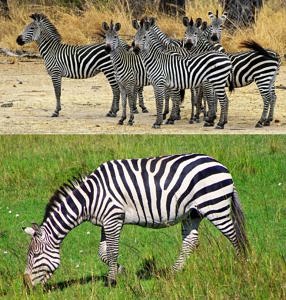
Understanding evolution doesn’t just help us make sense of behaviour – it can also help with management and health decisions too. Stomach ulcers are a very common problem in both leisure horses and sport horses. Horses evolved to graze on large amounts of roughage for around 16 hours a day and their stomachs are adapted to this. For this reason, diet is one of the biggest risk factors for developing stomach ulcers. When we restrict horses’ access to roughage, they quickly develop stomach ulcers. Similarly, horses did not evolve eating rich concentrated feeds, so hard feed can also increase ulcer risk by reducing the amount of time horses spend eating and increasing the amount of acid in their stomachs. Free-ranging horses with relatively unrestricted grazing, such as the ponies on Dartmoor and Exmoor, have a much lower incidence of stomach ulcers than horses under more intensive management. This all makes sense in light of evolution!
At Combination Horsemanship we always try to stay aware of the evolutionary context of horse behaviour. We might not think about it consciously throughout every training session or interaction with a horse. But it is always in the back of our minds, because evolution provides us with a way to think about problems more broadly, and to understand and interpret horse behaviour more accurately. Some examples: we consider horses’ dislike of loading as stemming in part from an evolved disposition to avoid dark, confined spaces where they can easily be trapped (see Loading doesn’t have to be scary); we interpret horses licking and chewing in the context of other species that exhibit similar behaviours (see Licking & Chewing); and we use evolution to help understand the context for horses that become ‘strong’ under saddle (see Why excitement is probably not why your horse is strong under saddle).
Of course, many of the insights we can get from evolution we can also arrive at in bits and pieces from other sources: personal experience, traditional practice and other trainers, for example. But evolution gives us a way to understand horses in a deeper and broader way. It helps us to isolate root causes behind many horse training and health situations, rather than just guessing, or using a method because it seems to work. It allows us to rethink where traditional practice may be mistaken and helps us come up with new solutions for old problems. The first principle of Combination Horsemanship is empathy, and understanding our horses as products of evolution is a fantastic way to help us begin to empathise with them.
Evolution is simply the best starting point we currently have for understanding life, whether human or horse, and we should never stop learning how to improve our equine relationships.

